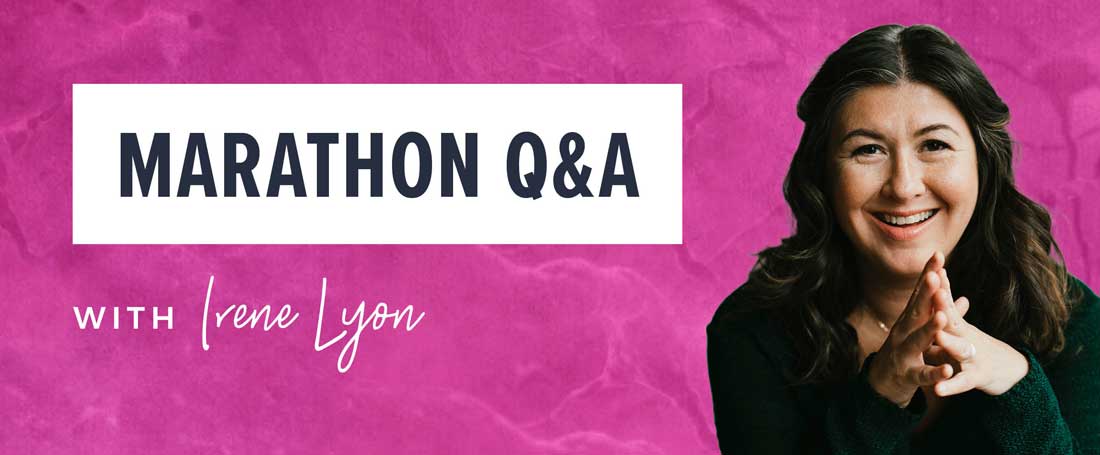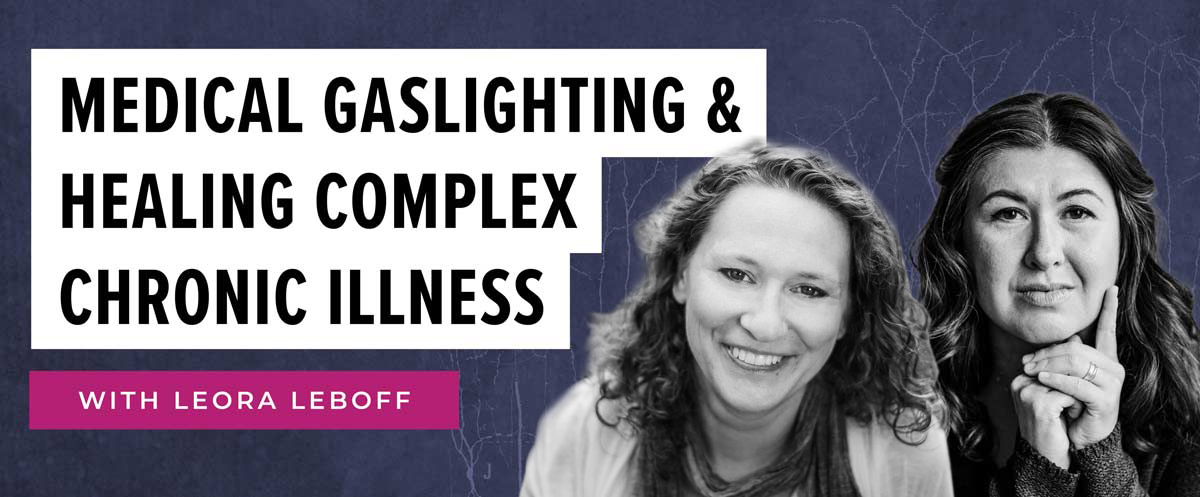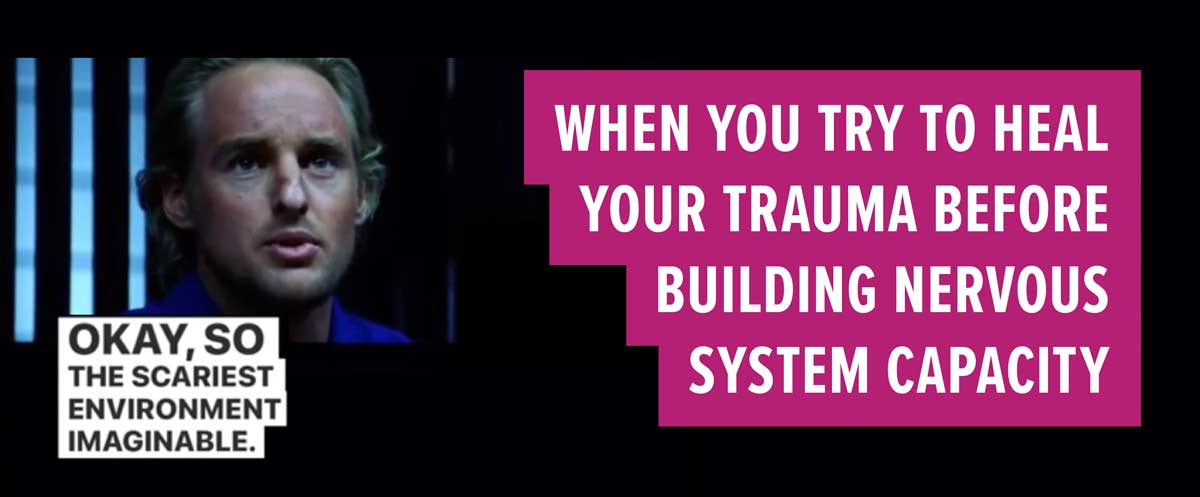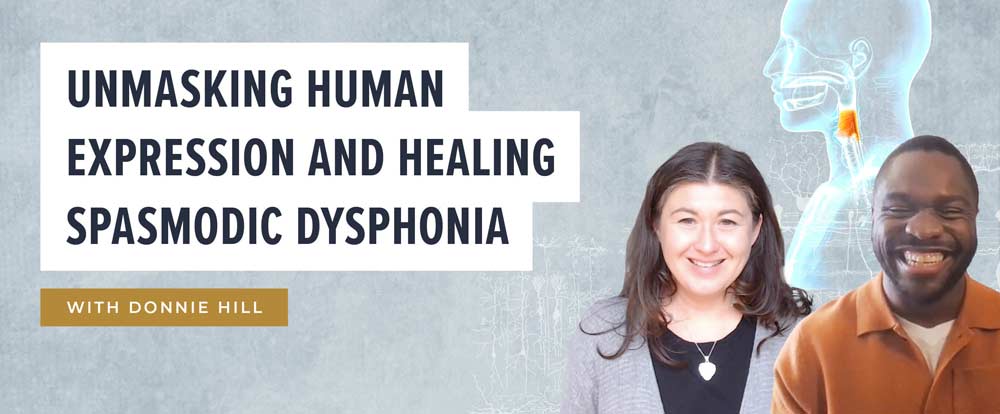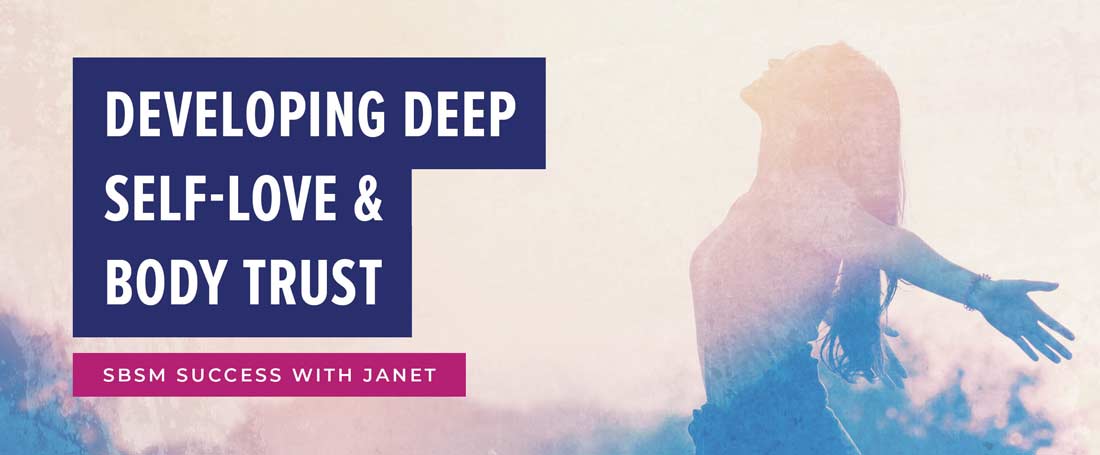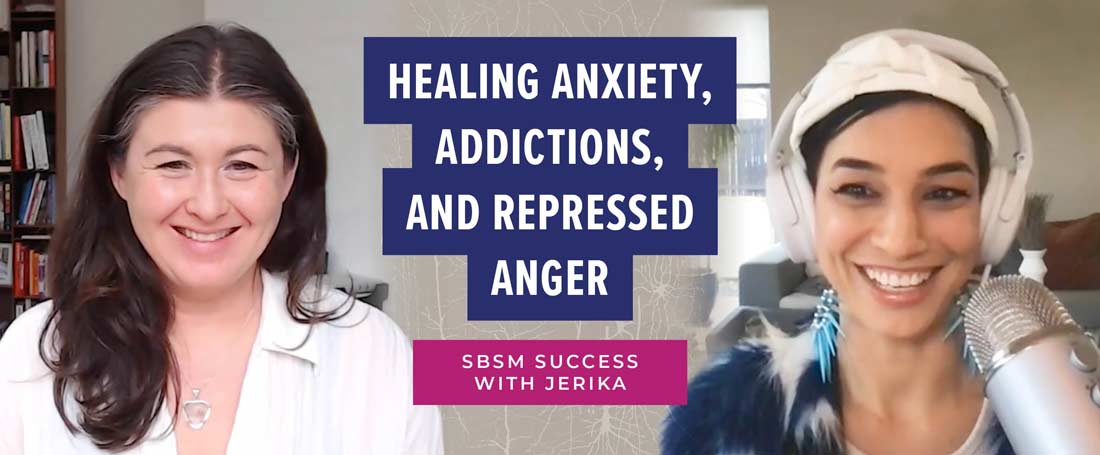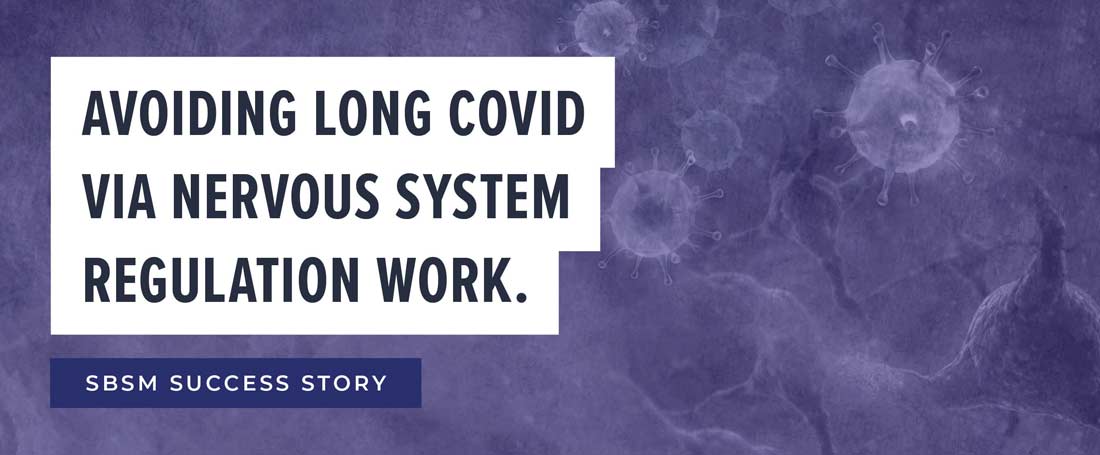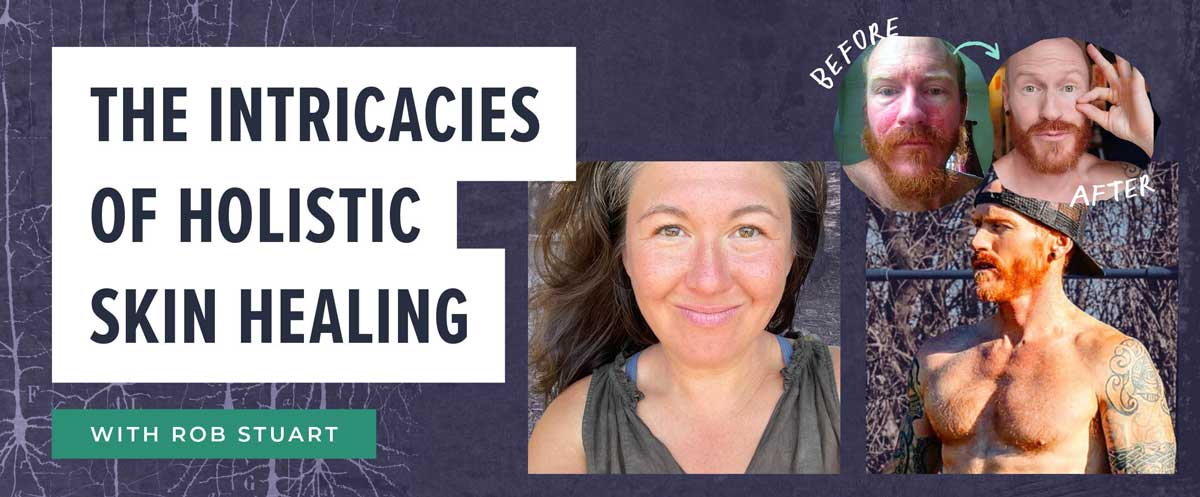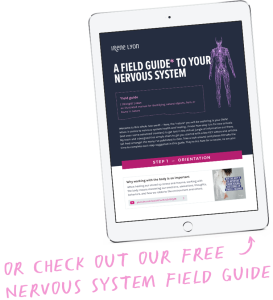In the first part of this 3 part series I spoke about the importance of not scaring yourself into survival energy states 24/7, especially when there is no real, imminent threat coming at you.
I dove into the importance of learning how to listen to your stress chemistry so you are aware when your system does scare itself.
In the second part, I broke down the paradoxical nature of the stress chemical cortisol and why we need it in just the right amounts, the goldilocks amount, so our body can repair and heal with ease.
In this third and final part, I want to keep things simple and share what I believe are 7 ways to start on this path of living longer with less sickness.
1 – Self-awareness & awareness.
1a. Self-awareness basics:
- Feel the pressure between you and the surface you are on (your butt on the chair; feet on the ground; back of your body against the floor if you are lying down etc…).
- Let the ground support you, fully. In other words, notice if you are using extra muscles that you don’t need to be using. Are you holding in your belly, clenching your jaw or fists?
1b. Awareness basics:
- SEE. LOOK. LISTEN. (Also called, orienting.)
- Pause and notice your body pressure against the surface you are on WHILE seeing the world around you.
2 – Follow your impulse
This isn’t the impulse to eat all the cookies in the cookie jar. It’s those biological impulses like:
- Going to the bathroom when nature calls, rather than waiting until you are bursting and hurting.
- Passing gas and burping
- Crying when the tears are present, rather than holding them in.
- Laughing out loud and speaking up for yourself and your ideas.
3 – Befriend your pain and stop conquering fear
The next time a pain arises, before worrying about what it is, or how to get rid of it, go back to #1 (be self-aware and see, look, listen) and just wait for a bit. Rather than trying to breathe it away, just say hello to it and see what it might want to say. What is it trying to tell you?
Same for fear. When you feel afraid, granted there isn’t a real life threat in front of you, try to NOT contract your muscles or get rid of it. Instead, take a moment to simply feel it and keep the thoughts out of the equation. When in doubt, go back to #1 (awareness + self-awareness) and #2 (follow your impulse.)
4 – Master your stress physiology.
One of my favourite passages from Gabor Maté’s book, When The Body Says No – The Cost of Hidden Stress is this:
“Awareness also means learning what the signs of stress are in our own bodies, how our bodies telegraph us when our minds have missed the cues. In both human and animal studies, it has been observed that the physiological stress response is a more accurate gauge of the organism’s real experience than either conscious awareness or observed behaviour.”
He goes on to quote Hans Seyle, who was the seminal researcher of the human stress response:
‘The pituitary is a much better judge of stress than the intellect … yet you can learn to recognize the danger signals fairly well if you know what to look for.”
Exactamundo. What they said.
The key is to start noticing how and when your body’s stress responses (fight, flight, freeze) start to kick in. Then, your job is to make a conscious decision to feel those sensations and bodily responses (increased heart rate for fight/flight, and often checking out and dissociating for freeze), and allow them to happen and then, come down (go back to #3 “Befriend your pain and stop conquering fear.”)
WARNING:
I make this sound easy, don’t I? It isn’t always that simple to just notice these things, feel them, and let them pass.
5 – Take off your mask & be the change.
Be yourself. As simple as this might sound, when we can start to take off some of the layers that we’ve built upon ourselves, we start to find a little more freedom and liberation. Our life force starts to shine through. This is not something that can be done overnight, but it does change when we make a conscious decision to watch the habits and behaviours that we have that aren’t really us. Just this act of being more true to yourself will do wonders for not just you, but the world as a whole.
6 – Tap into the power of “negative” emotions.
I know, this is an odd one. It doesn’t mean being pessimistic or a party pooper. It means feeling into what is real and true in your environment and surrounding world. For example, if someone you know was just diagnosed with a life threatening illness, allow the grief and sadness (maybe even anger) to be felt and expressed. Rather than pushing down those emotions and pretending everything is OK. Because it’s not.
(By the way, there’s no such thing as a negative emotion. We’ve just classified them like this and it’s one of the reasons we struggle so much with mental and physical health.)
7 – See the bigger picture.
The body is a mystery in many ways, but what we do know is everything inside of us (hormones, psyche, brain, gut, immune system etc.) is connected. And then all of this good stuff is connected to our environment. Everything influences the other, and vice versa.
In my twenty years of observation, education and practice helping others recover from and prevent chronic illness, I’ve come to see a lot of positive change happens when we focus less on the behaviours we want to change and more on the internal body sensations, the primal emotions, the language of the nervous system and healing the trauma that lives within all of it.
To drive this home one more time, because it’s important:
“The pituitary is a much better judge of stress than the intellect … yet you can learn to recognize the danger signals fairly well if you know what to look for.”
If you do want to live longer, with less sickness, then it’s essential you become well versed in listening to these deeper signals that are coming from the stress chemistry:
1) When and how we scare ourselves as I talk about in Part 1.
2) The excess or lack of, cortisol that I talk about in Part 2.
These 7 ways outlined above are a great starting point and I’d encourage you to give them a try.


